It is difficult to argue that the economic efficiency of rice is lower than that of many other crops. However, in recent years, the pressure on rice farmers has increased as input costs have increased, causing farmers to often face the risk of losses. To keep farmers engaged and increase their income from rice is a "brain-wrenching problem" for the agricultural sector.
High input costs, labor shortages, and unstable outputs are the difficulties rice growers are facing. Many farmers cannot resist the allure of fruit trees and have decided to abandon rice cultivation.
In recent years, input costs have been a headache for farmers. When fertilizer prices reached record highs, there were cases where farmers had to abandon their rice fields for fear of losses.
GROWING RICE JUST ENOUGH TO EAT
As a veteran farmer in Go Cong, Mr. Nam Ru (Long Binh commune, Go Cong Tay district, Tien Giang province) has witnessed the development of rice from 1 crop/year to 3 crops/year as it is now. According to Mr. Ru, although rice has made great strides in this land, helping people improve their lives, rice prices are still low. Mr. Ru confided: “For many years, rice prices have remained almost stagnant. Whenever the price increases, farmers are happy. Rice prices do not increase, but input costs, especially fertilizers and pesticides, have increased. In the last winter-spring crop, thanks to the increase in rice prices, plus the high yield of this crop, farmers made a profit. If the rice price is like last crop, farmers will make very little profit, and fields with low yields will suffer losses.”
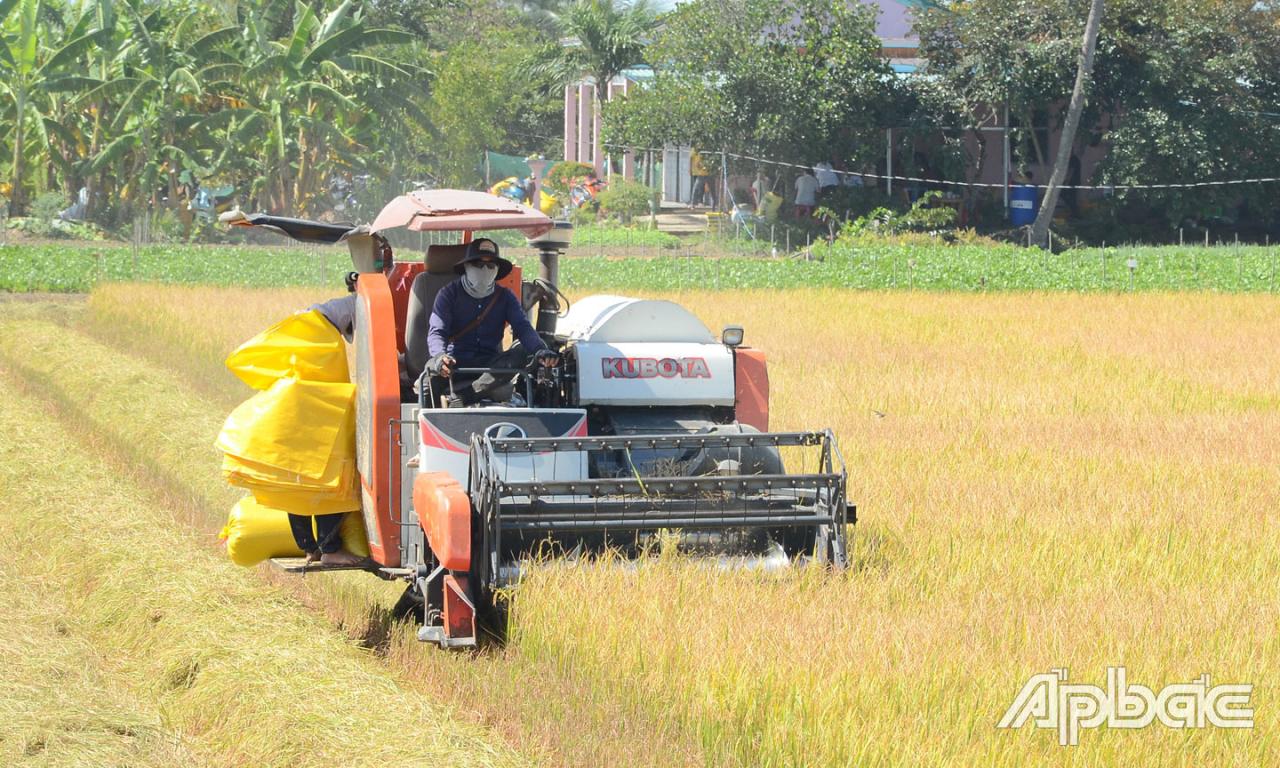 |
| Rice growers' income is lower than that of other crops. |
Since around 1980, Mr. Nguyen Van Nghiep's family (My Thanh hamlet, Phuoc Lap commune, Tan Phuoc district, Tien Giang province) has been attached to growing rice in the Dong Thap Muoi region. However, at that time, because the land was newly reclaimed, rice had difficulty growing. Since around 2000, rice has grown well on this land and produced high yields. According to Mr. Nghiep, his family has grown 4 hectares of rice (each hectare is 1,000 m2), mainly making a profit from the work. With these 4 hectares of rice, his family can only live on, not improve. Mr. Nghiep said: “In the last winter-spring crop, when the rice was just turning red, traders came to deposit at 7,000 VND/kg (OM18 variety). However, near the harvest date, traders reported a decrease of 200 VND/kg in rice prices. In the winter-spring crop, for each hectare of rice land, my family earned about 2.5 million VND. In the remaining crops, my family only earned more than 1 million VND/hectare, not including the house rent. If we don’t do it well, we will break even.”
| In recent times, Tien Giang province has built many models of rice production according to the chain of linkage and effective consumption. Although the total rice production area of the province is currently about 48,000 hectares, the number of areas participating in the chain of linkage is still quite modest. In areas outside the linkage, farmers maintain traditional production, leading to increased input costs. Importantly, output prices are very unstable, mainly depending on traders. This greatly affects the income of rice growers. |
For many generations, Mrs. Nguyen Thi Dep's family (My Hanh Trung commune, Cai Lay town, Tien Giang province) has been attached to rice. Her family has 1.4 hectares of rice land, growing 3 rice crops each year and earning nearly 100 million VND, not including house rent. Mrs. Dep shared: "Thanks to having many fields, the family can make a little profit, while families with few fields find it difficult to make a profit. Income from rice cultivation is much lower than other crops, but now I am old, I cannot make beds to grow fruit trees."
WHEN FARMERS ABANDON RICE
All year round, “selling their faces to the land, selling their backs to the sky”, but the income from rice cultivation is not much, so many farmers have decided to abandon rice cultivation. In fact, in recent times, the movement of converting rice land to fruit trees and other crops has developed strongly in the province, mainly due to the economic “problem”.
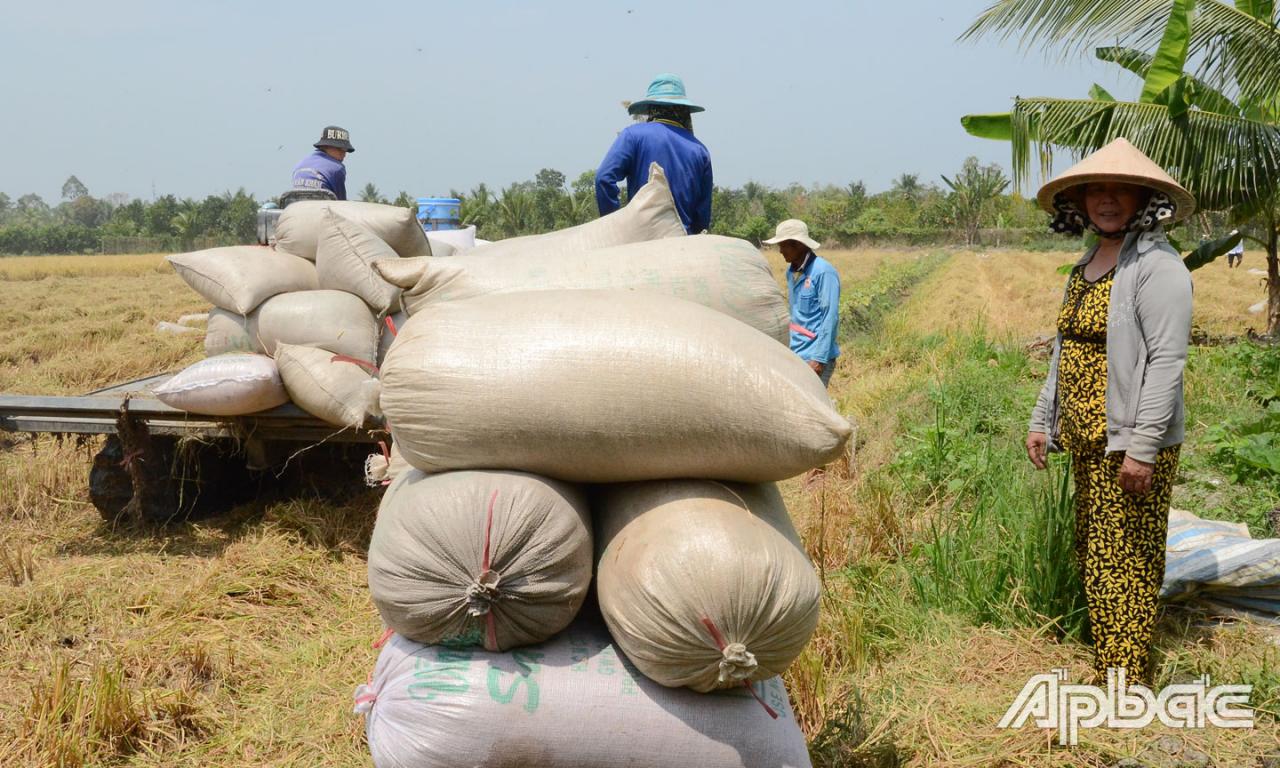 |
| Rising input costs make it more difficult for rice farmers. |
Having grown rice for many generations, but after the historic drought and salinity in 2019 - 2020, Mr. Truong Minh Thuan's family (Giong Lanh 2 hamlet, Tang Hoa commune, Go Cong Dong district) decided to convert 1 hectare of rice land to grow red dragon fruit. After harvesting the first crop of fruit with a good profit, Mr. Thuan decided to convert 5 hectares of rice land to grow dragon fruit. Currently, his family only has 4 hectares of rice land left. According to Mr. Thuan, for many years, his family has been attached to rice but could not get rich, so they decided to convert part of it to grow dragon fruit. "Rice prices have increased in recent years, but not much, unable to compensate for the high input costs. In terms of economic efficiency, my family's converted 1 hectare of dragon fruit has brought in 4 - 5 times more income than growing rice. Although the price of dragon fruit sometimes fluctuates, the income is still higher than growing rice" - Mr. Thuan said.
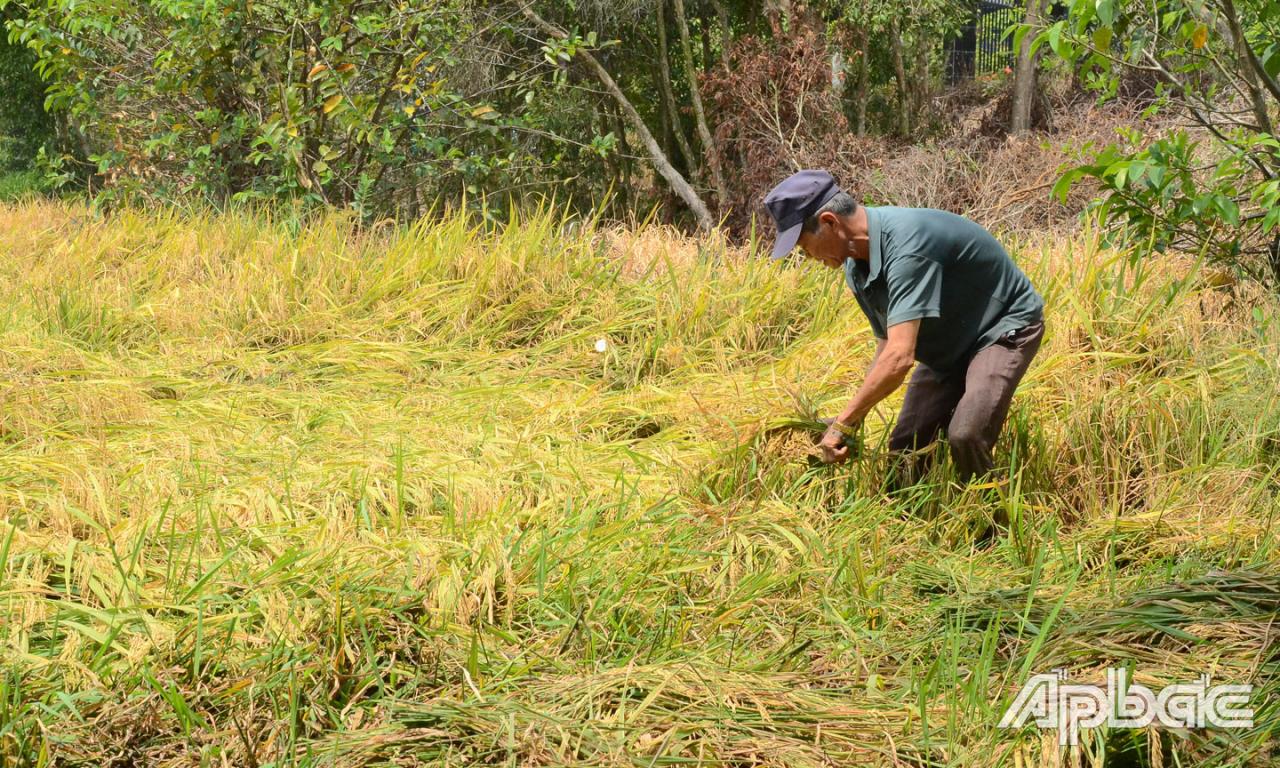 |
| With the income from 4 hectares of rice, Mr. Nghiep's family only has enough to eat. |
Down to the western districts and towns of Tien Giang province, the conversion from rice fields to fruit trees is growing more and more strongly. People are no longer interested in sticking with rice when the economic efficiency from fruit trees is very attractive. According to statistics from the Department of Agriculture and Rural Development, after nearly 2 years of implementing the Project "Converting the structure of crops and livestock in the area north of National Highway 1, Tien Giang province", the area of converted crops (mainly converted on rice fields) is 2,926 hectares. This shows that the area of rice fields in the province is decreasing.
Mr. Nguyen Van La's family (Phuoc Lap commune, Tan Phuoc district) has 1.4 hectares of rice production in Tan Phuoc district and Cai Lay town. His family has been attached to rice since before 1975 until now. In addition to growing rice, Mr. La also raises livestock to generate additional income for the family, because rice cultivation does not bring high income. On average, each crop, 1.4 hectares of rice yields a profit of about 20 million VND. "Recently, my family converted more than 2 hectares of rice land to grow Thai jackfruit. However, during the recent flood season, due to the lack of flood prevention, the Thai jackfruit died. In this area as well as neighboring communes, people are currently growing a lot of durian. I also want to grow durian, but I will have to see how the tree adapts before considering the conversion. Now, if people grow rice and grow fruit trees around them, rats will destroy everything" - Mr. La shared.
T. DAT
(to be continued)
.
Source link



![[Photo] Standing member of the Secretariat Tran Cam Tu chaired a meeting with Party committees, offices, Party committees, agencies and Central organizations.](https://vphoto.vietnam.vn/thumb/1200x675/vietnam/resource/IMAGE/2025/7/1/b8922706fa384bbdadd4513b68879951)
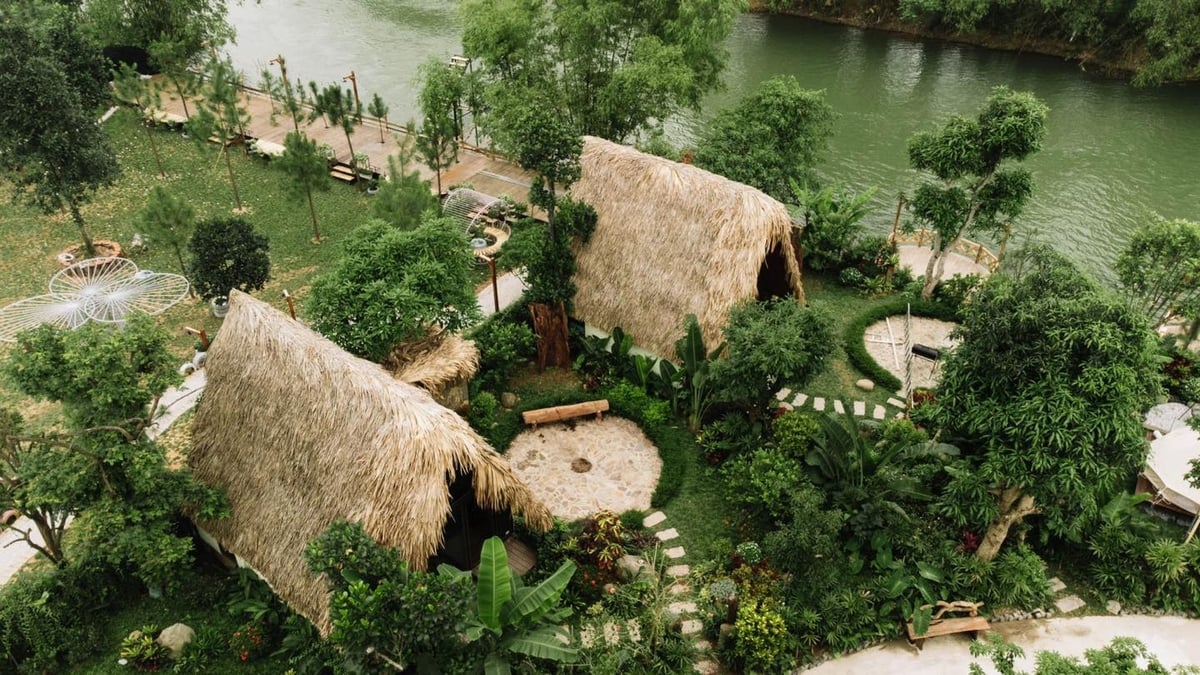


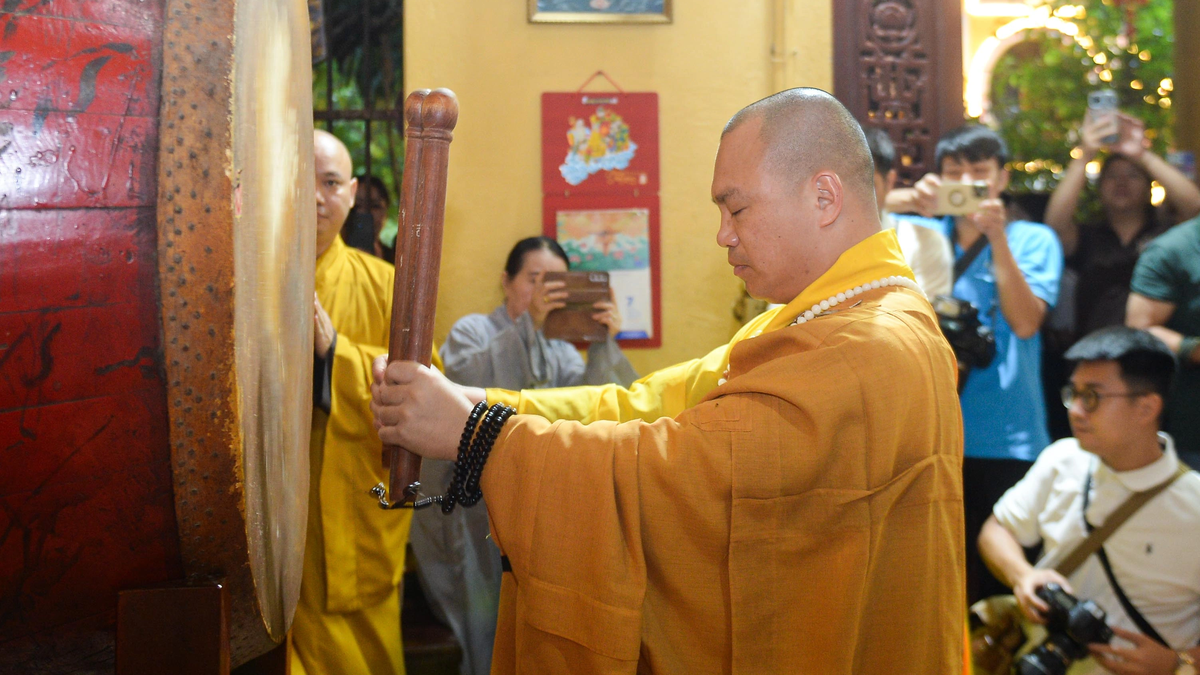
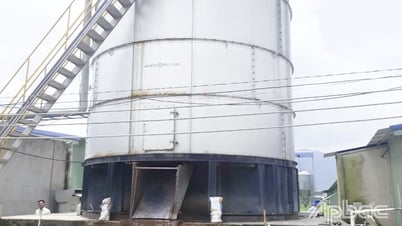

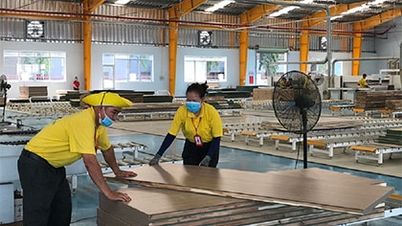
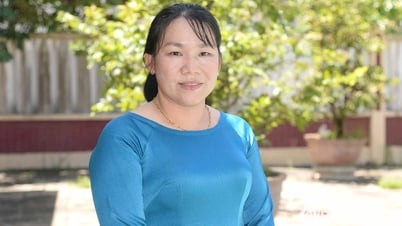
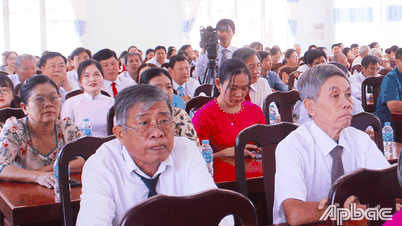




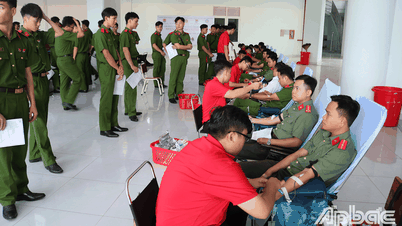
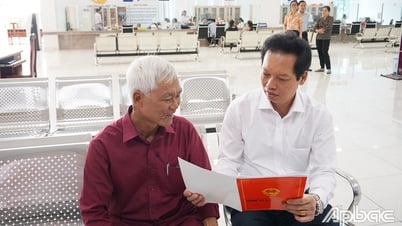
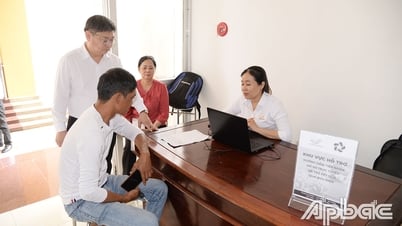
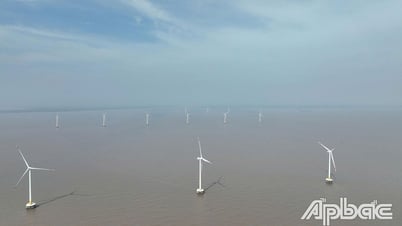
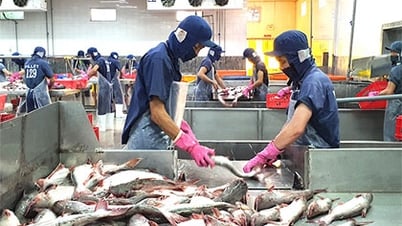
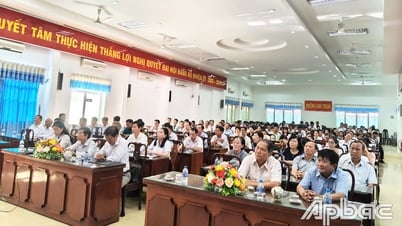


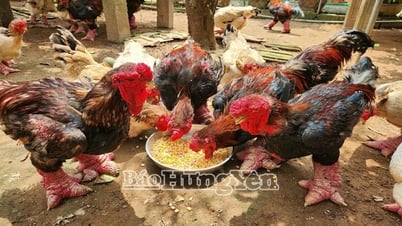

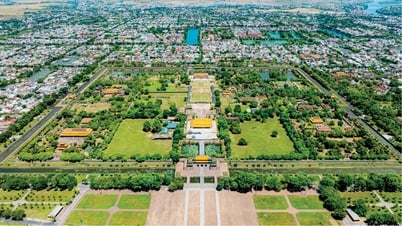



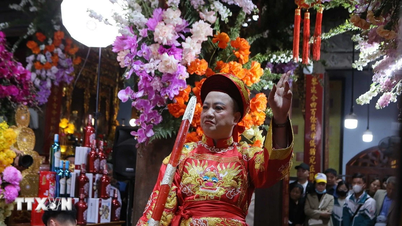

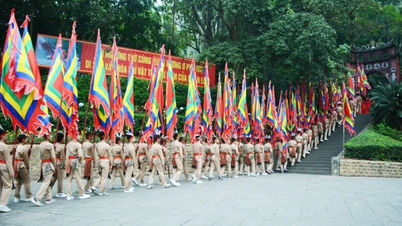



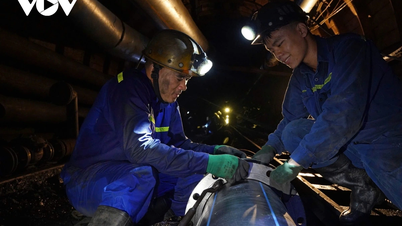



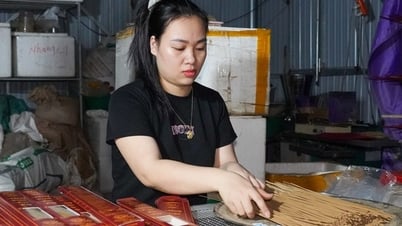



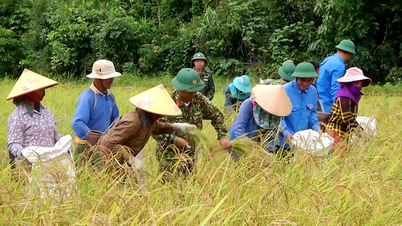
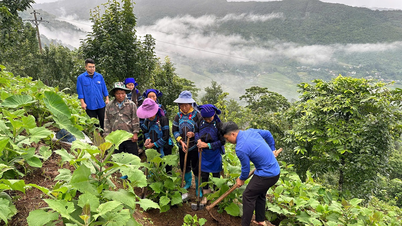
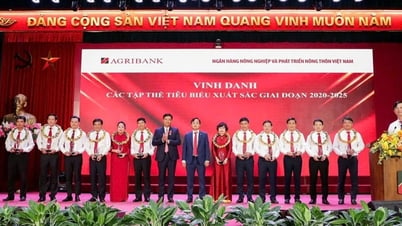



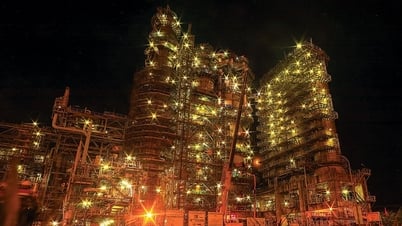


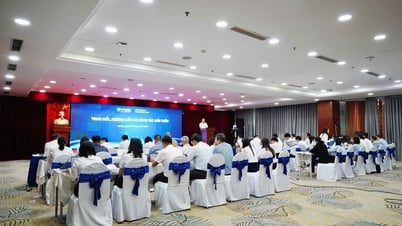
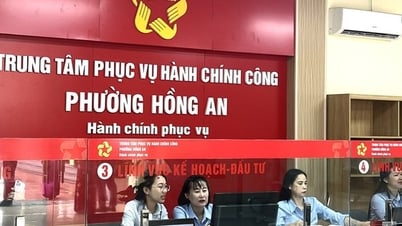

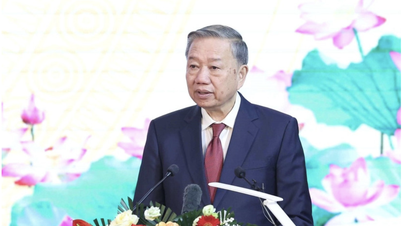
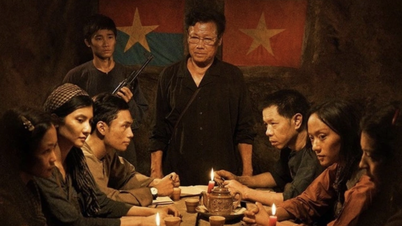
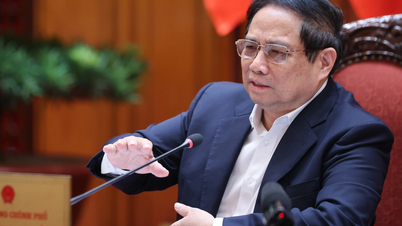

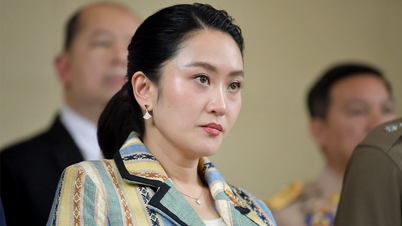




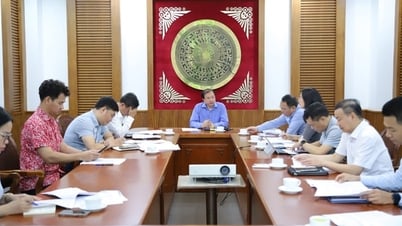










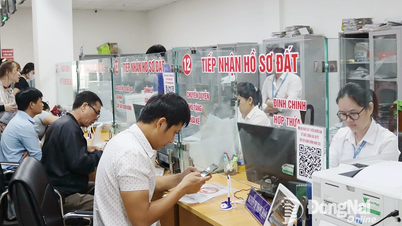
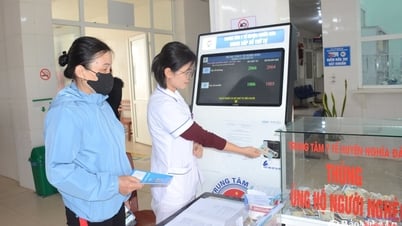





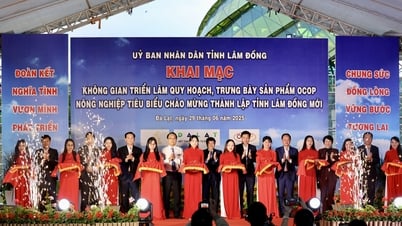


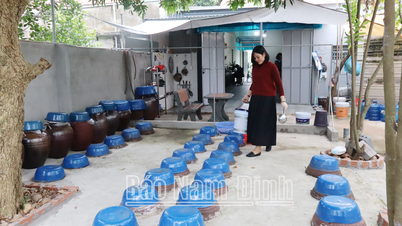


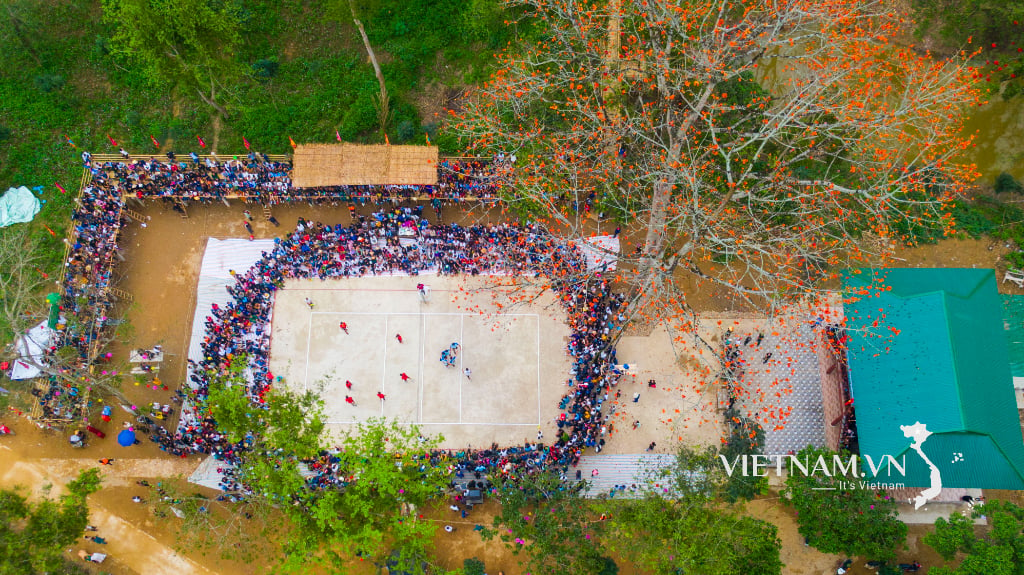
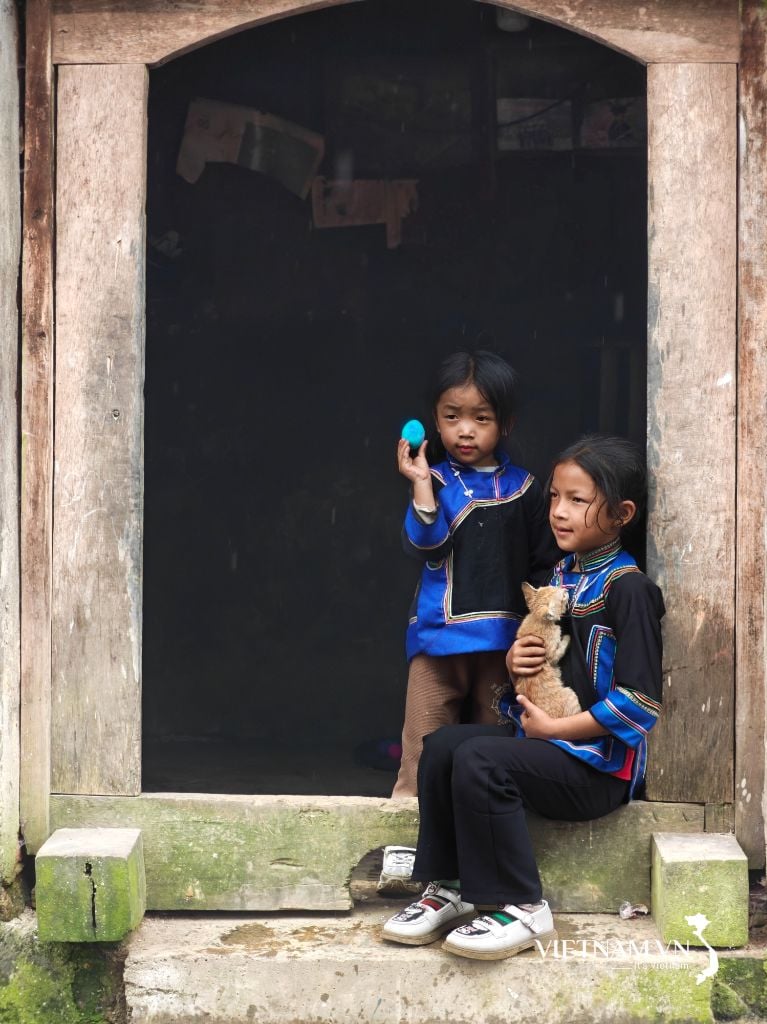


Comment (0)